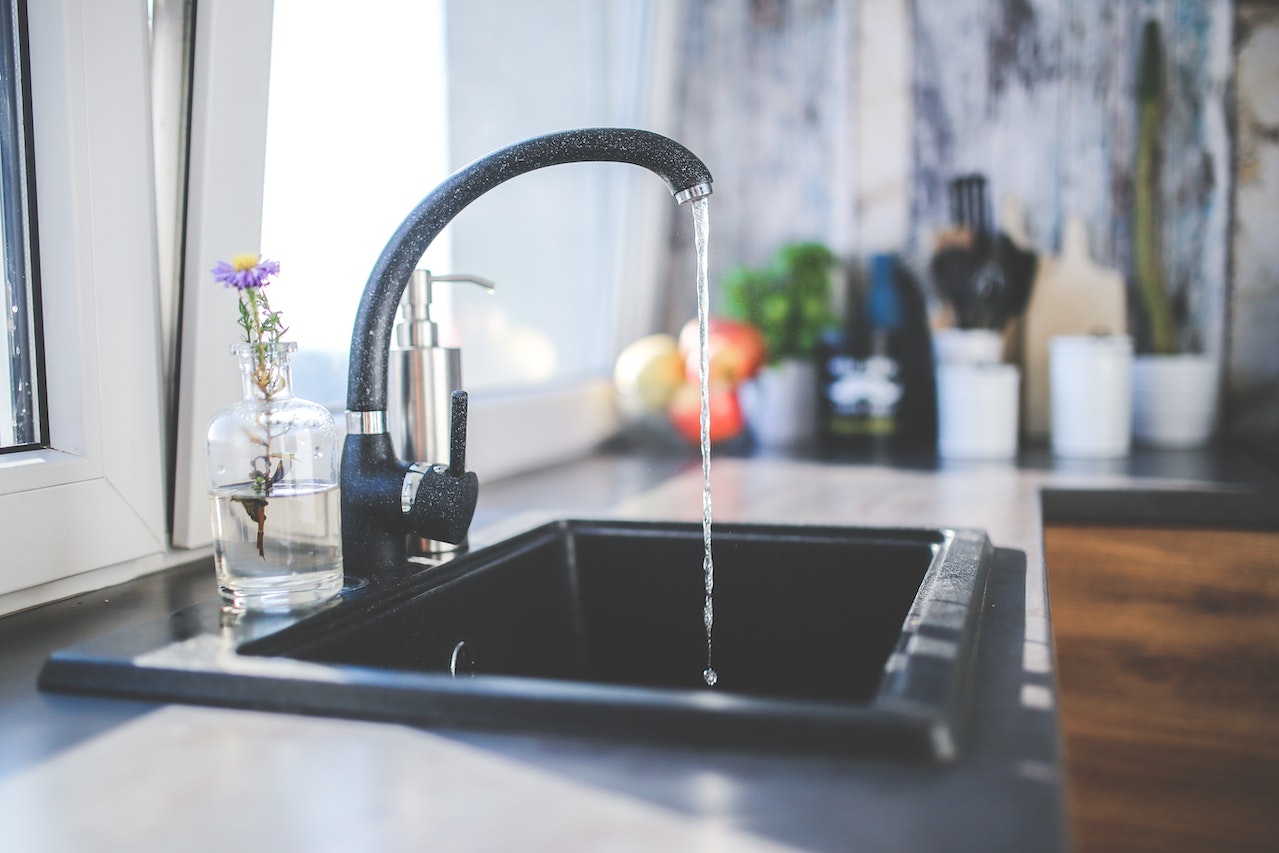The kitchen faucet may become worn down as a result of heavy use and frequent issues including mineral buildup, rust, and leaks. Nonetheless, it is advised to replace the faucet entirely after numerous repairs in order to extend the life of the fixture. It is also feasible to update to a newer model or replace the faucet for purely aesthetic reasons.
To make an informed decision when buying a kitchen faucet, it is important to research and consider various features and factors. Here are some tips on how to buy a kitchen faucet.
Buying Guides
Flow rate
The flow rate of a kitchen faucet is an important factor to consider when buying a new one. The flow rate is measured in gallons per minute (GPM), and most faucets now have a flow rate of 1.8 GPM or less due to water conservation efforts. However, it’s essential to check your local building codes, which may have a limit on the flow rate of your kitchen faucet. Some areas require a low-flow faucet with a maximum flow rate of 1.5 GPM to help save on water bills.
Sink Configuration
When choosing a new kitchen faucet, it’s important to consider the sink configuration, which can have one or several pre-drilled holes for the faucet, hot and cold water lines, soap dispenser, and pull-out sprayer. Faucets with covers or faceplates can be used to conceal extra holes, but it’s not recommended to drill new ones in the sink.
Finish
There are several faucet finishes available, including matte black, chrome, stainless steel, nickel, platinum, and pewter. While stainless steel is appropriate if you want a finish that matches your appliances, chrome is a popular option that complements the majority of kitchen aesthetics. For those seeking a faucet that stands out, premium finishes like nickel, platinum, pewter, or matte black are also an option.
Kitchen Faucet Types
- Single-handle faucets are compact and require fewer pre-drilled holes in the sink, but adjusting the water flow and temperature can be more challenging.
- Double-handle faucets offer better control over flow and temperature but require more space and may not be compatible with sinks with only one pre-drilled hole.
- Touchless faucets allow you to turn on the water without touching the faucet, which is convenient when your hands are dirty, but they can be expensive.
- Stationary spout faucets have a fixed spout that can move from side to side and may or may not have a separate sprayer.
Cost
Depending on whether you do it yourself or employ a plumber, the cost of installing a new kitchen faucet can change. The new faucet may cost between $50 and $2,000 to purchase. You’ll need to spend between $48 and $110 on tools including an adjustable wrench, channel locks, basin wrench, tape measure, plumber’s putty or tape, and flexible supply lines if you decide to install the faucet yourself.


